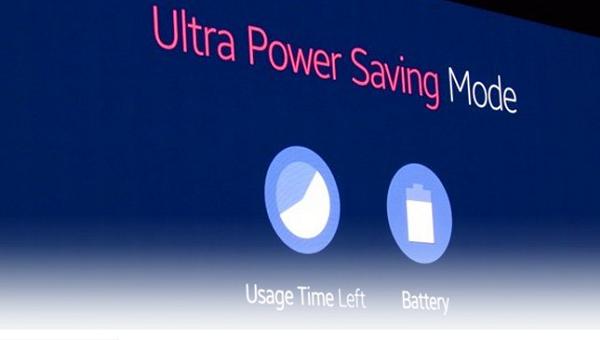Last Updated on August 30, 2015 by Mathew Diekhake
Over the months since it was first announced I have discussed many things to do with what I like and what I do not like about the all-new Galaxy S5. One of the things that I do like is the two different power saving modes that come with the OS. Smartphone talk-time is important for handset owners. If manufacturers cannot create better battery packs just yet, then the next best thing to do is try to limit our power consumption. Doing so will make the existing battery power last longer. Sounds smart, right? So let’s take you through and explain the difference between the two new modes that will help you get the most out of your S5 smartphone this year.
The two modes are the Ultra Power Saving Mode and Normal Power Saving Mode. If you are familiar with smartphones you can probably guess the basis of what is happening here. Whenever we choose to conserve power that means we cannot use as many features. Both of these options offer a quick way to adjust the features automatically depending on how much battery you want to save and not going around and individually turning different modes on and off which takes a lot more time. However, let’s get into the details about exactly what the difference is.

For the most part, the one Sammy is calling “normal’ is just like a traditional power saving mode that they have always used on devices before this including the Galaxy Note 3 and recent flagship phones the Galaxy S3 and S4 variants. There is three main jobs this mode performs:
- Adjusts CPU clock speed so it is less
- Disables background syncing
- Disables haptic feedback
Now, after performing all these tasks, the smartphone will not use as much power. However, most of these tasks do not get used very often so in most cases the owner of the mobile devices can still use the handset and cannot tell any difference. That has not been the case for the Ultra mode that I will describe next. The good news is that if you urgently need to go to extreme levels and conserve the battery so it lasts out a period until you get to use the charger when you get home again, you can do a better job of it by using this next mode. These adjustments will be made:
- AMOLED display turns gray-scale hue
- Theme changes automatically to be bland and efficient
- Limited access to applications
Most of the applications will not be accessible until this mode is turned off. When on, only the bare essentials will work, including Google+ (of course because Android is owned by Google), the calculator, SMS texts, voice recorder, memo and the browser.
So as you can see the Ultra mode is not the ideal way to use a smartphone at all. However, as I previously mentioned, if, for whatever reason, desperate times call for desperate measures than this mode is for you.
